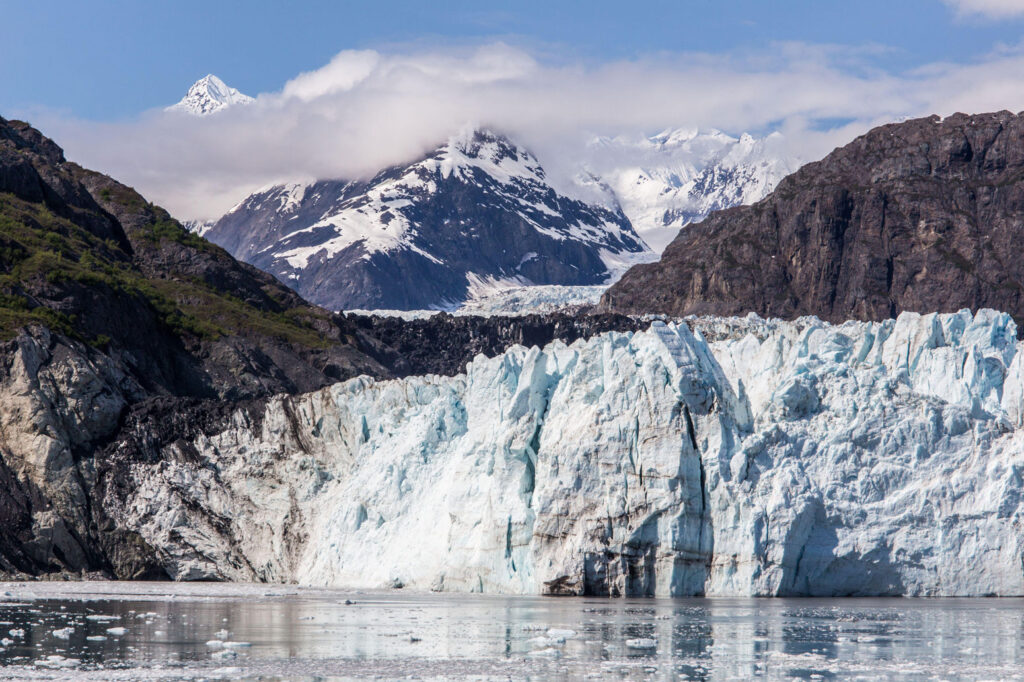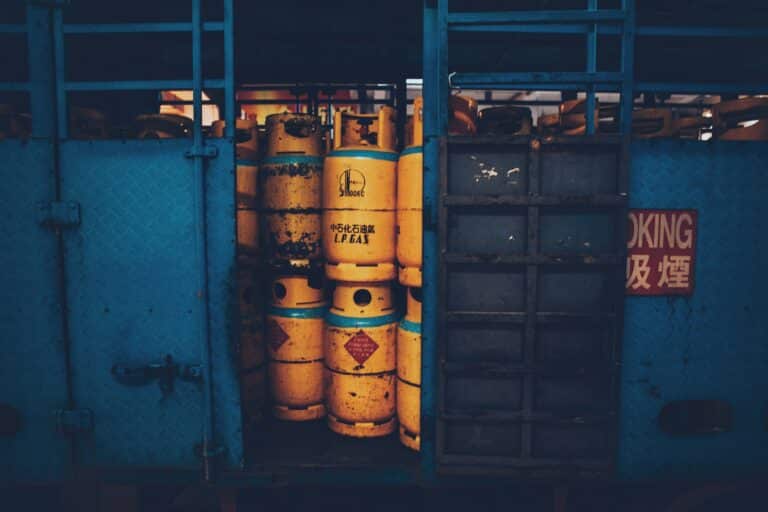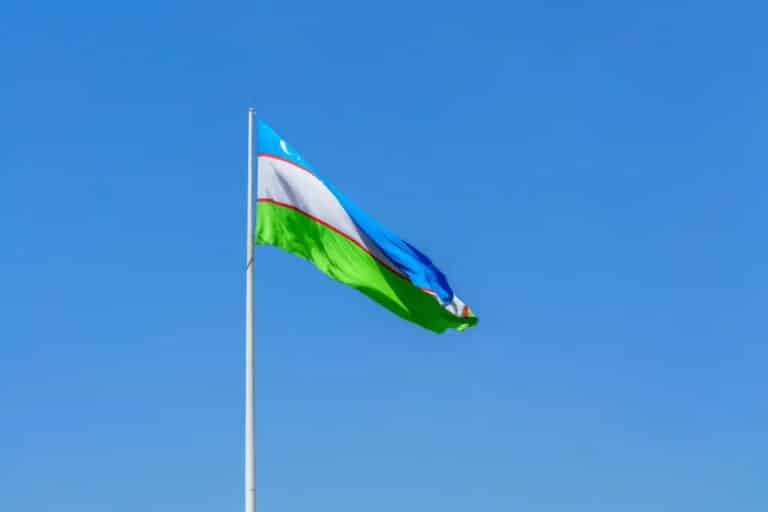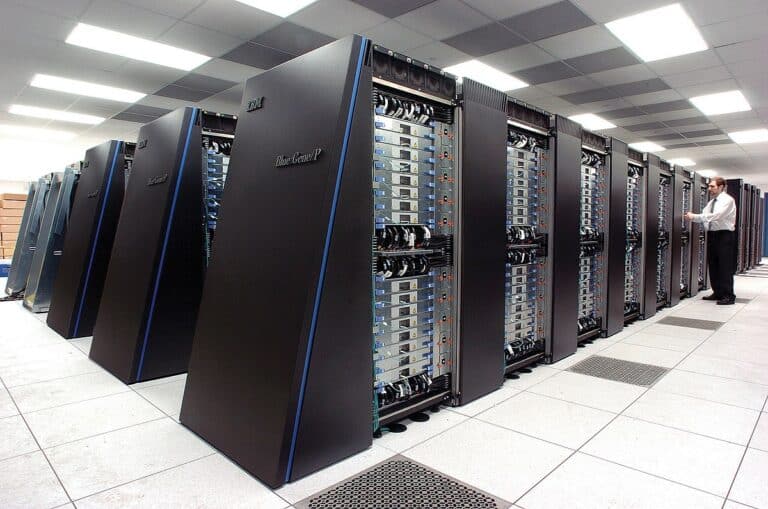
As glaciers continue to retreat at an alarming rate, scientists and international organisations are raising urgent concerns over the far-reaching consequences for both human health and the environment. The latest Frontiers report from the UN Environment Programme (UNEP) highlights the growing threats linked to glacial melt, particularly for older populations and communities dependent on cryospheric regions.
The report warns that surpassing a 2°C rise above pre-industrial temperatures could lead to dramatic losses across the cryosphere — including permafrost, sea ice, snow cover and glaciers. Around 670 mln people live in these areas, and billions more rely on freshwater originating from these frozen zones.
Potential Danger of Ancient Viruses
Among the most concerning risks is the potential release of ancient microorganisms — viruses, bacteria and fungi — once trapped in ice. Some may possess antibiotic resistance, creating new public health challenges. UNEP calls for urgent reductions in greenhouse gas emissions to slow glacial loss and advocates for expanded research into microbial biodiversity, much of which could be lost forever.
In addition to microbial threats, glacial melt and associated flooding may dislodge toxic pollutants that were banned decades ago. These substances, long buried in sediment, risk re-entering ecosystems and food chains during extreme weather events. The report recommends a mix of traditional and modern solutions — such as reinforced dams, advanced drainage systems and sponge-city designs — to prevent contamination and manage excess water.
Older Populations Among the Most at Risk
«Heatwaves are among the most frequent and deadly consequences of climate change, along with flooding and glacial loss,» said UNEP Executive Director Inger Andersen. «We must be ready to face the cascading risks of these events, especially for the most vulnerable — including older adults.»
The elderly, particularly in urban areas of low- and middle-income countries, represent a growing demographic. Since the 1990s, heat-related deaths among older people have risen by 85%. Their vulnerability is worsened by existing health conditions, reduced mobility, polluted air and the increasing risk of coastal flooding.
The report calls for cities to become more resilient and inclusive through improved planning, early warning systems and involving residents in risk management.
Central Asian Glaciers Show Clear Signs of Decline
Meanwhile, evidence from Kyrgyzstan’s Ala-Archa gorge reinforces global concerns. According to hydrologist Gulbara Omorova, major glaciers in the region — Bal, Manas and Toktogul — are losing between 0.4 and 0.5 metres of water equivalent each year.
Footage from the Toktogul glacier reveals rapid retreat, with its lower portion now fully exposed and its terminal moraine disintegrating. The Great Ala-Archa glacier is also in critical condition, with minimal snowfall replenishing its mass. The Manas glacier has shrunk sharply, revealing bare rock beneath and disrupting its natural water supply.
Omorova stresses that ongoing glacial retreat threatens regional water resources and highlights the need for sustained monitoring and adaptation efforts.
Kursiv also reports that Uzbekistan could lose up to $5 bn annually by 2050 due to the growing impact of climate change.












